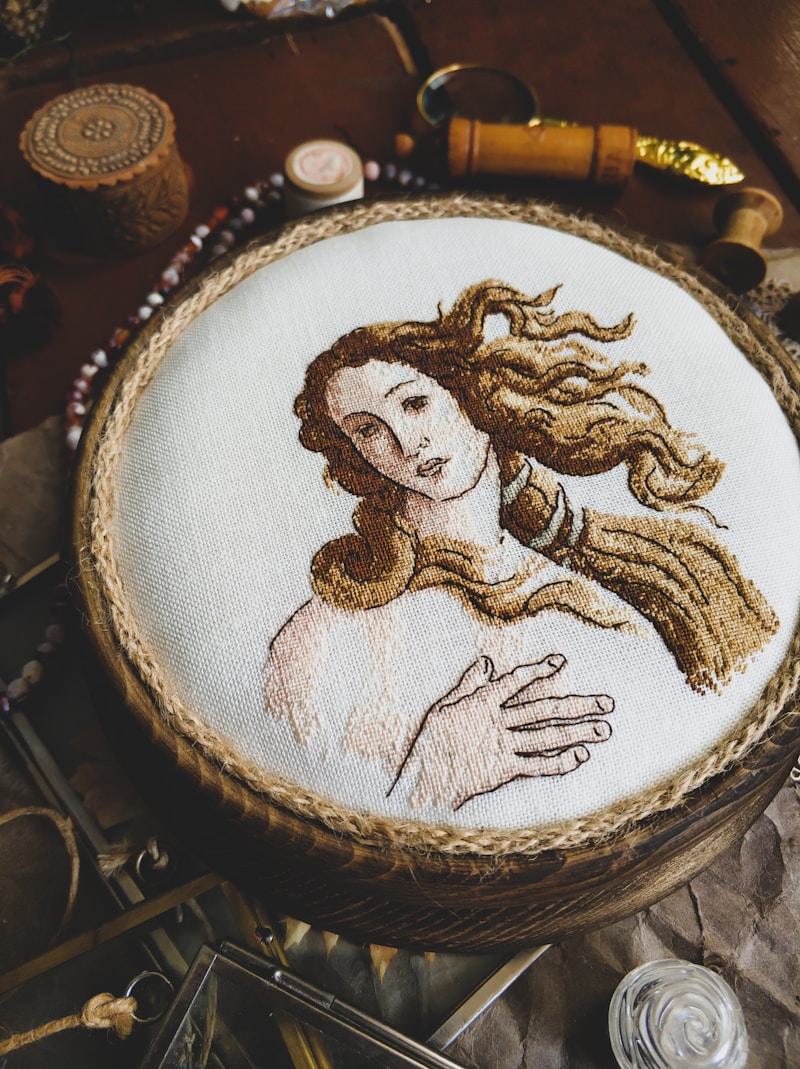Exploring the Timeless Art of Classic Embroidery and Embellishments
Exploring the Timeless Art of Classic Embroidery and Embellishments
Introduction to Classic Embroidery and Embellishments
For centuries, classic embroidery and embellishments have been a cherished form of artistic expression, grace, and creativity. From ancient civilizations to modern fashion, intricate stitching and decorative techniques have adorned textiles and garments, making them unique and reflective of cultural narratives. Understanding the allure of these artistic techniques can enrich your appreciation of various textiles and even inspire you to incorporate them into your own projects.
The Historical Significance of Classic Embroidery
Classic embroidery is more than just a decorative craft; it is a language that tells stories of heritage and tradition. Many cultures around the world have developed unique embroidery styles that carry significant meanings and symbolize various aspects of life. Below are some notable styles:
| Culture | Embroidery Style | Description |
| Chinese | Su Xiu | A high-quality silk embroidery featuring intricate designs and vibrant colors. |
| Indian | Zardozi | An elaborate gold and silver thread embroidery often used in bridal wear. |
| Mexican | Otomi | Brightly colored hand-stitched scenes depicting flora and fauna. |
| Eastern European | Cross-Stitch | A traditional counting stitch used for decorative patterns on folk costumes. |
The Techniques Behind Classic Embroidery
Classic embroidery encompasses various techniques, each having its unique characteristics. Here are some of the most popular methods:
- Cross-Stitch: Often utilized for counted fabric embroidery, cross-stitch creates an X-shaped stitch that forms intricate designs.
- Satin Stitch: This technique fills outlined shapes with flat satiny stitches, often used for flower petals and letters.
- Chain Stitch: Creating a loop as you stitch, this method produces a chain-like pattern, commonly used in decorative borders.
- French Knot: A rounded knot stitch that adds texture to embroidery and is often used for floral details.
Choosing the Right Materials
When engaging in classic embroidery projects, selecting the right materials is crucial for achieving desired results. Here are key materials you should consider:
| Material | Characteristics |
| Fabric | Cotton, linen, and silk are popular choices due to their durability and texture. |
| Thread | Embroidery floss is versatile, while specialty threads such as metallic or variegated can add flair. |
| Needles | Embroidery needles come in various sizes for different threads and fabrics, ensuring precise stitching. |
Incorporating Embroidery into Modern Fashion
Today, classic embroidery has transcended traditional boundaries and has become an essential aspect of modern fashion. Designers are increasingly integrating these intricate techniques into their collections, which adds depth and character to garments. Here are some trends to explore:
- Vintage Revival: Styles reminiscent of the 1960s and 70s often feature elaborate embroidery, reflecting a longing for nostalgia.
- Statement Pieces: Bold embroidered jackets or jeans with detailed embellishments become key statement items in wardrobes.
- Personalization: Custom denim jackets with embroidered names or motifs cater to the trend of individual expression.
Classic Embroidery Techniques for Beginners
If you're new to classic embroidery, starting can be both exciting and intimidating. Here are some tips to get you off to a good start:
- Select a Simple Pattern: Begin with basic patterns or freehand designs to build confidence.
- Use High-Quality Supplies: Invest in good quality fabric and threads; it makes a considerable difference in your work.
- Practice Regularly: Consistency will refine your skills; consider setting aside dedicated time each week for practice.

Exploring Embellishments
In addition to stitching, embellishments play a vital role in enhancing the aesthetic appeal of textiles. Common embellishments include:
- Beading: Adds texture and sparkle to garments, often seen in evening wear and bridal pieces.
- Appliqué: This technique involves stitching a piece of fabric onto another fabric, creating layered designs.
- Sequins: These shiny disks are often used in fashion to create eye-catching effects, particularly in festive outfits.
Conclusion: The Timeless Value of Classic Embroidery and Embellishments
Classic embroidery and embellishments are not merely crafts; they are vibrant art forms that bridge generations and reflect cultural legacies. Whether you are a consumer appreciating the craftsmanship, a designer incorporating intricate designs into your work, or a hobbyist looking to explore your creativity, the world of classic embroidery is rich with possibilities. Remember, the best way to embrace this art is through practice and exploration. Don’t hesitate to dive into this captivating realm—your journey of creativity awaits!
In summary, as you delve into the colors, textures, and stories behind classic embroidery and embellishments, keep an open mind and allow yourself to experiment. Continuous learning and application of skills will pave the way for mastery and bring your projects to life in a stylish and meaningful manner. Happy stitching!
